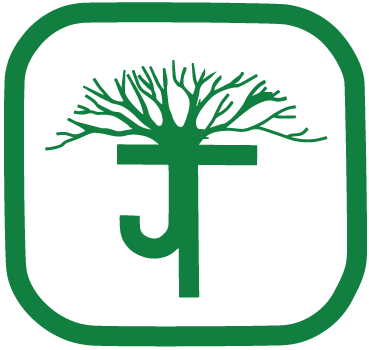The busy lawn care season is over, and now, as the leaves are starting to fall, you can relax. Right? Wrong! Fall is the prime opportunity to repair problems and boost a struggling lawn so that it bounces back, lush and green, in spring. Just make sure your lawn care company is on board with comprehensive fall lawn maintenance. Here’s a lawn service checklist for the fall in Lake Forest and Glenview, IL, areas.
Related: How Professionals Achieve Year-Round, Quality Lawn Care Service In Winnetka IL
Don’t Stop Mowing Yet
While growth does slow down in fall, it may actually speed up a bit after the heat of summer abates. As long as the grass is growing - usually until the first hard frost - it’s important to keep mowing to the proper height. You won’t need mowing as often, but keep at it until it’s clear the grass is done growing for the season.
Aeration and Dethatching
If the soil feels baked after the heat of summer, it’s difficult for water and nutrients to reach the root mass. Aeration helps to break up the soil to support the health of the roots. They’re struggling enough as it is after a long, hot summer, and giving them an extra helping hand in fall will give them the resources they need to overwinter well.
If your grass has developed a thick layer of dead grass (thatch) around the base of each clump of grass, this thatch - just like a thatch roof - will prevent water and nutrients from reaching the roots. Alternatively, if that area of the lawn is too wet, it could be that thatch is preventing excess moisture from evaporating, which can lead to rot and disease. Either way, fall is a great time to get rid of thatch.
Aeration and dethatching are also commonly done in spring to encourage new grass shoots to emerge; but doing this in the fall can rejuvenate a heat-stressed lawn.
Fertilizer and Mulch
Lawns need extra nutrients in fall, not only to recover from the heat stresses and drought of summer, but to store nutrients for winter. So fall feeding is absolutely essential. Some of the best natural sources of nutrients include fallen leaves and grass clippings.
However, it’s important to ensure that the leaves and grass clippings are “fed” to the lawn in the right way. Fallen leaves will clump together into a rubbery, slimy mat that will keep air, water, and nutrients away from the grass beneath. Instead of raking and bagging leaves, a landscape company could use a mulching mower to chop and spread dry leaves into tiny bits which will easily decompose and nourish the grass. Grass clippings, too, should be spread out evenly rather than bagged and thrown away.
If you prefer to remove leaves and grass clippings, the other option is to apply an organic slow-release fertilizer while daytime temperatures are still warm enough for the nutrients to absorb into the root system (before the ground freezes).
Weed Control
Weed management is an all-year proposition but each lawn is different, with different weeds trying to gain a foothold. Some weeds don’t go to seed until fall, and they are often quick to establish. Waiting to treat your lawn until spring could mean an uphill battle. Now that perennial weeds are storing nutrients for the winter, they will eagerly absorb herbicides too. Make sure your lawn care company has a comprehensive weed management protocol that includes fall applications if necessary for the types of weeds prevalent in your lawn.
Related: Why Gutter Cleaning Is So Important In The Fall In Highland Park And Wilmette IL Areas


